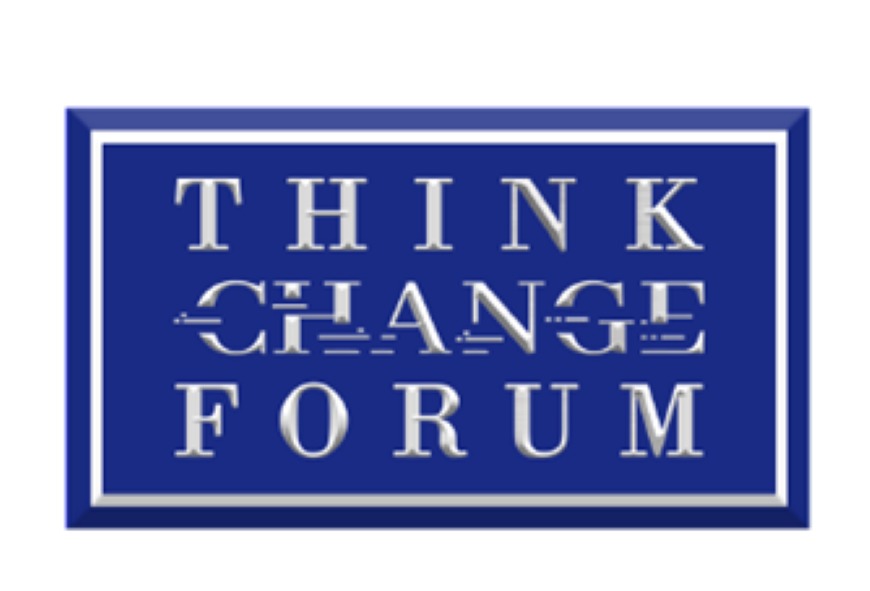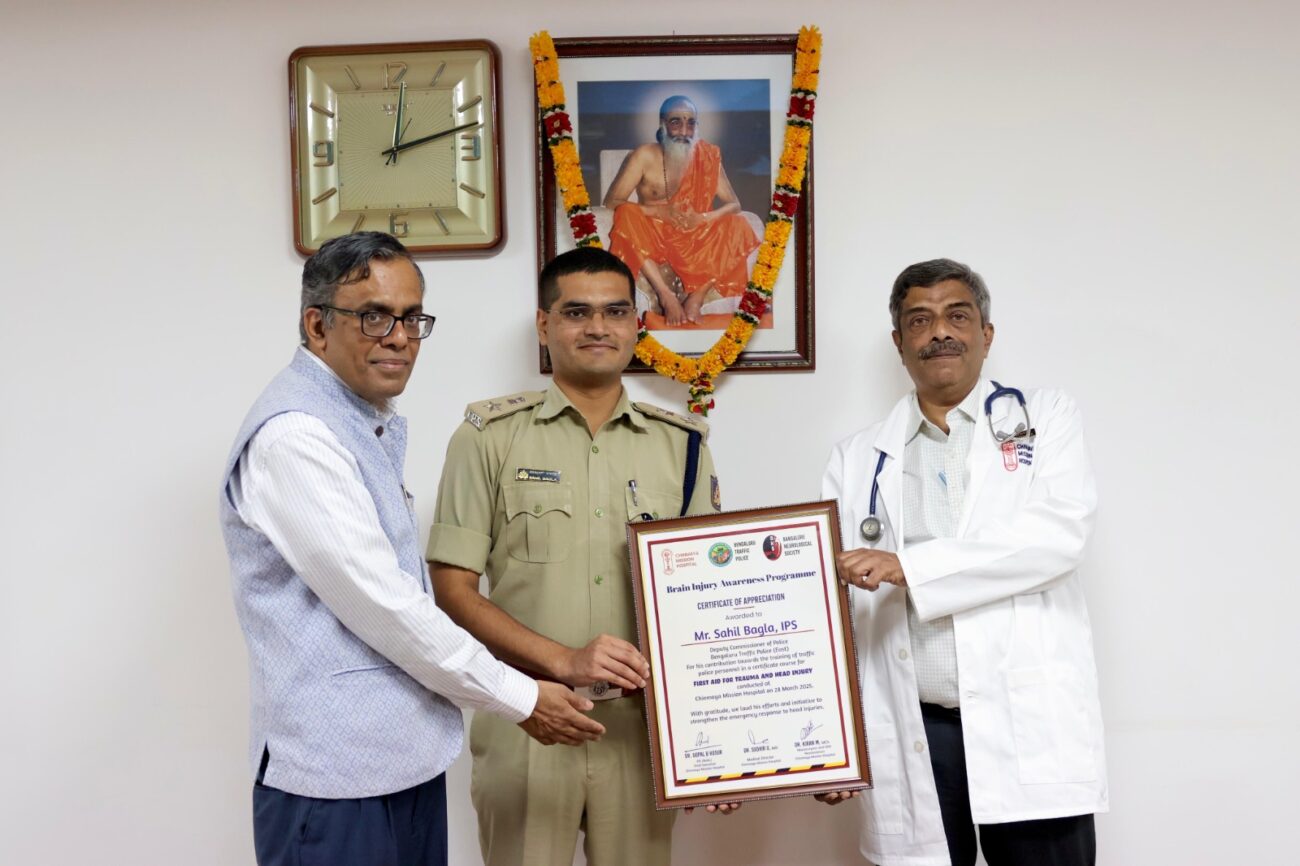Glamourization of intoxication – a major contributor to the growth of substance use among adolescents
Drug abuse a problem waiting to explode among the 10 to 17 years age groups in the next decade in India Marketing hype by e-cigarette and alcohol industries Number 1 factor in mainstreaming intoxication

- Drug abuse a problem waiting to explode among the 10 to 17 years age groups in the next decade in India
- Marketing hype by e-cigarette and alcohol industries Number 1 factor in mainstreaming intoxication as cool and socially acceptable
- Rising mental health issues, performance pressure, growing emptiness and changing socio-economic conditions making youth vulnerable to addiction like never before
- Addressal strategies need a combination of a strong policy framework, stringent enforcement and education among parents and educators
In view of the alarming growth in the consumption of substance use in post-pandemic India, particularly among adolescents and youth, Think Change Forum, an independent think tank dedicated to generating new ideas has embarked upon a national study based on expert consultations to decode the problem of rising addiction among adolescents and recommend solutions. Titled, ‘Ideas for an Addiction-Free India’ this initiative entails drawing learnings from the views of national experts from the fields of policy, psychology, social sciences, medical fraternity, among others.
Some experts who have contributed their insights and ideas to this ongoing study include names like Dr. K. K. Handa, Chairman of ENT and Head Neck Surgery at Medanta Hospitals; Ms. Lakshmi Bhaskaran, Social Impact Consultant; Prof. Rajib Dasgupta, Professor and Chairperson, Centre of Social Medicine and Community Health, Jawaharlal Nehru University, Delhi; Dr. Rajesh Gupta, Additional Director Pulmonology & Critical Care – Fortis Healthcare Noida; Dr. R K Suri – Clinical Psychologist; Dr. Safala Shroff – Adolescent Health Educator; Mr. Sushant Kalra, Parenting Coach & TEDx Speaker and Dr. Vikas Mittal, Associate Director – Pulmonology, Max Healthcare.
According to the preliminary findings of the ongoing research, released today, the problem of drug abuse is likely to explode in the next decade, particularly affecting children in the age groups of 10 to 17 years, as the societal construct undergoes a massive shift. Mental health issues, performance pressure, growing emptiness and changing socio-economic conditions are having a toll on this very impressionable age groups the most, not just in urban India, but also in the rural India, making them vulnerable to addictive distractions.
The preliminary findings have identified ‘Three most important trends’ accelerating the adoption of substance use among adolescents and youth and the ‘Three most important interventions’ needed to immediately decelerate them.
‘Three most important trends’ accelerating adoption of substance use in India:
The first trend that has emerged from the consultations is the glamourization of intoxication and addictive substances. Explains Mr. Sushant Kalra, “Today, heroes and heroines in popular media glamourize intoxication. Children and adolescents are exposed to these role models indulging in such acts across different media including movies and video series. The message conveyed is that these activities are not only acceptable but also highly desirable. Therefore, those who have not yet engaged in such activities may feel stigmatized. The environment is not saying it is wrong, it’s saying it is great. Do it.” “The presence of upscale alcohol shops in cities like Gurugram today serve as a testament to the role of glamorization in enticing young people to engage in substance use. The use of substances like alcohol, weed, vaping etc in parties is normal, which is communicating that this is the new way to enjoy parties and friends company”, he added.
The second trend that the experts believe is the marketing hype created by international e-cigarette companies claiming that electronic device based heated tobacco and vaping products as less harmful than cigarette smoking and that they aid deaddiction. Explains, Dr. KK Handa said, “The international tobacco industry is attempting to position E-cigarettes as a substitute for smoking. This industry is marketing a great story that E-cigarettes can substitute burning of cigarettes, but this is not medically substantiated.” Adds, Dr. Rajesh Gupta, “It is not scientifically right to claim that E-cigarettes is a step-down from smoking cigarettes for eliminating nicotine addiction. Rather, e-cigarettes become a step-up activity to smoking conventional cigarettes. This is because electronic devices which are a key part of e-cigarettes can be used to deliver other higher degree of addictive substances which can be in the form of sticks or other liquids. Therefore, e-cigarettes can help smokers graduate to drugs more complex than nicotine”.
The third trend, which is the cause of a rapid rise in the growth of this category is the rising mental health issues on the back of growing performance pressures and growing emptiness making children more vulnerable. Seconding this, Dr. R K Suri says, “Mental Health issues as well as societal pressures result in increasing usage of addictive substances among our youth.” Elaborates, Dr. K. K. Handa, “During the COVID-19 pandemic, children have experienced a growing sense of emptiness and isolation, which has resulted in an increase in adventurous behavior and experimentation with substances that they should otherwise avoid.”
‘Three most important interventions’ to deaccelerate the adoption of substance use in India:
The first and final most important suggestion made by the experts is to expose the false propaganda of the e-cigarette and vaping industry who are misleading the youth. Explains, Dr. Safala Shroff “Proponents of E-Cigarettes and Vaping use social media platforms frequented by adolescents and youth to advocate against their ban. To counter such propaganda our narratives have to be sound and scientific. We need to learn to talk in a manner that will connect with children and the adolescent and tell them that Vaping is not better than tobacco, but, in fact, is a device that presently leads to highest levels of addiction and lung injury.” Further adds, Prof. Rajib Dasgupta, “Since the state deals with universal interventions like controlling tobacco and alcohol, it needs to go one step further and counter the false propaganda around e-cigarettes propagated by big tobacco.”
The second most important intervention in fighting the rising drug abuse is a stronger enforcement of the existing laws. Explains, Dr. Vikas Mittal, “Although India has implemented a ban on vaping and e-cigarette devices, the availability of these devices through the grey market, both physically and online, needs to be addressed to effectively to tackle the issue.” Further adds, Ms. Lakshmi Bhaskaran “Adequate enforcement and monitoring should be there in the channels where adolescents and the youth seek addictive substances. For example, search engines should not allow people below 18 to search for words like drugs. Additionally, there should be regulations in place to prevent the easy availability of over-the-counter addictive drugs in pharmacies. Obtaining a temporary high from cough syrup, for example, can serve as a gateway to more severe forms of addiction.”
The third important intervention is education against such addictions with a focus on parents and educators. Mr. Kalra explains, “The best way to fight this menace is through education. There are millions of teachers in the country, who should be educated about substance abuse. Educationists need to put up their hands and say it is a critical issue and start talking to children from a young age – as young as five years! Parents also need to be educated on the issue, because they have no idea the damage it is doing to their children.” Elaborates, Dr. R.K. Suri, “The influence of parents on their children, especially during their formative years, is significant. When parents instil high moral values in their children, the likelihood of them straying from the right path decreases significantly,”
Experts unanimously believe that it is crucial to continue further discussions and consultations to deeply analyse the emerging trends in drug abuse, the modus operandi of various stakeholders, role of law, enforcement, communication, technology and also enrol more experts and professionals to join the war to protect young, impressionable minds from falling prey to the monster called addiction.






